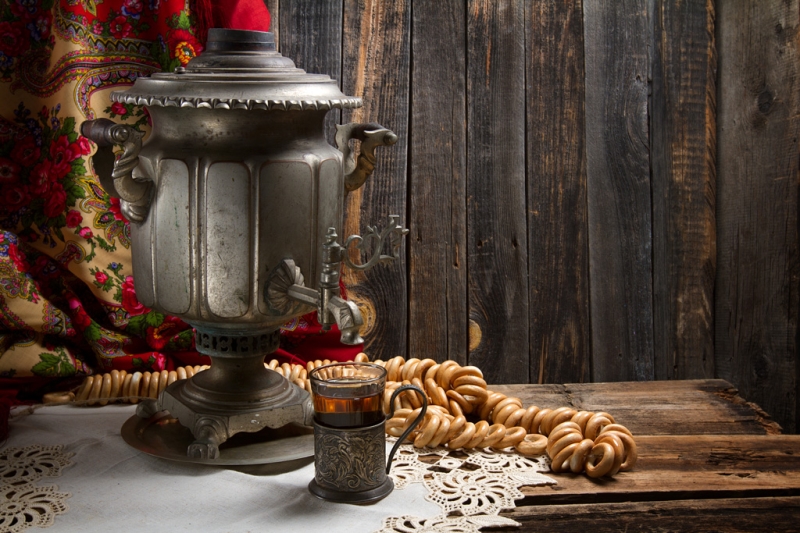
1. British Isles
Although tea was not first discovered here, you are unlikely to find anyone who loves tea more than the British.
The United Kingdom made a significant contribution to tea traditions around the world with the addition of Earl Grey, a black tea with very characteristic floral notes of bergamot, and the habit of drinking tea between 17:00 and 19:00 hours. But few people know that during tea drinking (real English),
according to the best traditions, a hot dish should also be served on the table. The origins of this tradition are usually associated with Anne Racel, Duchess of Bedford, who lived in England about two centuries ago.
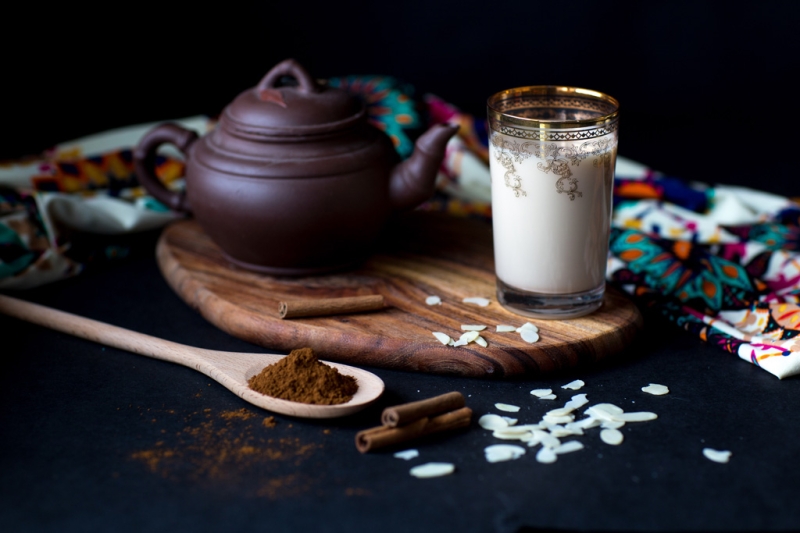
2. India
If pink is rightfully considered the signature color of India, then the smell of tea could serve as a signature scent. In every district in every city you will probably meet a master of “tea ceremonies” – chai wallah, who will have his own version of preparing this drink. But as a rule, they all prepare their drink based on milk and Assam tea, then the ingredients begin to vary for each, but usually it is sugar or honey, cinnamon, ginger, anise, fennel, nutmeg, cloves, pepper and sometimes even dill .
Due to the fact that the tea is brewed for some time together with all the ingredients, its texture is creamy and its taste is multifaceted.
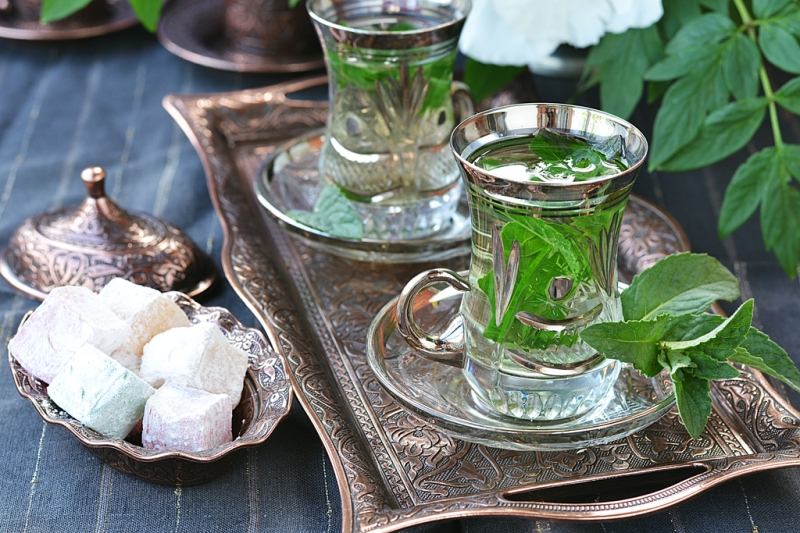
3. Morocco
Everyone who has been to Morocco knows that they will never welcome a guest without hot mint tea, which can only be prepared in two ways – sweet or very sweet. It is based on Chinese green tea and a lot of dried or fresh mint. Many believe that the most beautiful part of this ceremony is the actual serving of tea. It is always poured from a height into a glass, so that when it encounters air, the taste becomes even more intense, and the aroma spreads throughout the room.
Usually the oldest woman in the house makes tea.
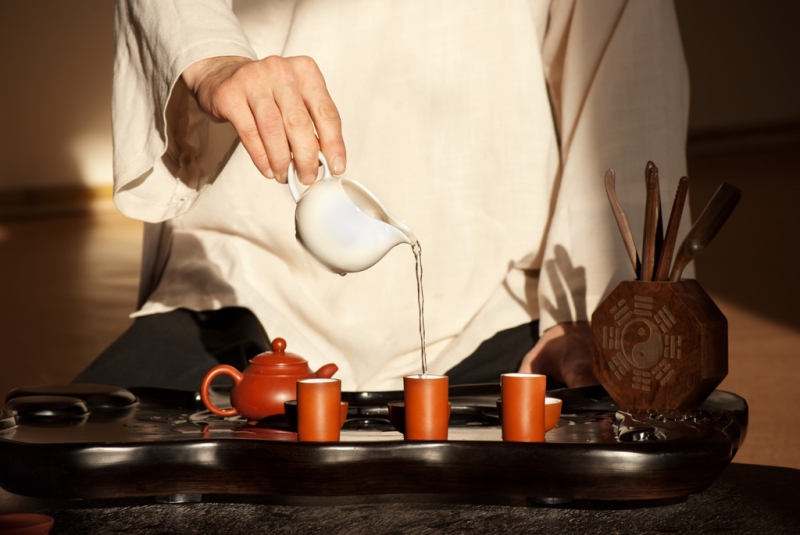
4. China
Tea is serious business in China, which is why you are more likely to be offered tea than plain water. But the paradox is that despite the widespread popularity of tea, this does not in any way affect its price, that is, of course, you can buy a cup of tea for very cheap, but if you are a true connoisseur, then get ready for an ounce of the famous oolong Da Hong Pao can cost around $35,000.
China continues to be the largest tea producer in the world, but what is produced can vary greatly from region to region: in some places we can only talk about black tea, in others – oolong, white, yellow, green tea. Yunnan province specializes, for example, exclusively in fermented black tea – pu-erh. This tea is not only not easy to prepare, it also needs to be served correctly – there must be the right dishes. Not long ago, a Shanghai collector paid $36.3 million at Sotheby’s for a tiny Ming Dynasty cup.
Little hint: in China people drink tea throughout the day, but almost never during meals. The exception is dim sum. But the tea can be served in different ways – from pu-erh and Keemun Imperial Black Snail to Yunnan Golden Buds, Lion’s Peak Dragonwell, and Da Hong Pao.
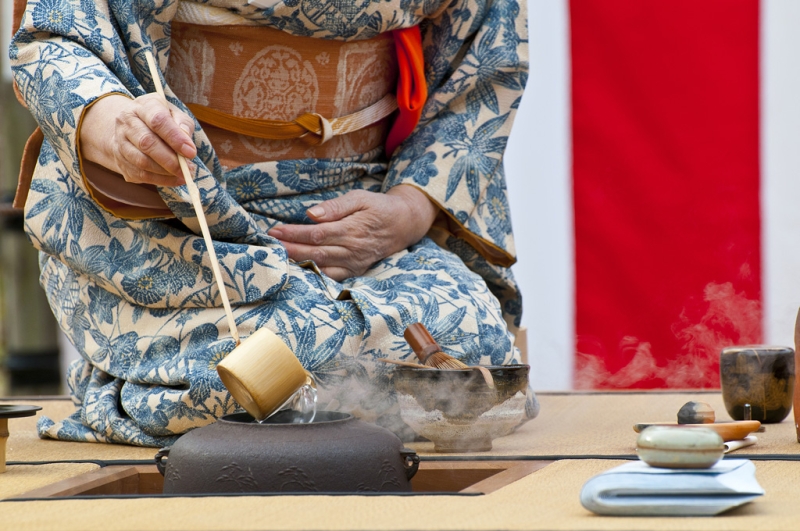
5. Japan
Perhaps no country in the world loves rituals as much as Japan. Here they will never forget about the day when there is a full moon, when the trees begin to bloom and the leaves begin to turn yellow – the Japanese consider this (and much more) an excellent occasion for celebration and worthy of perpetuating in memory. Therefore, it is not at all surprising that tea is taken seriously here. Initially, the tea ceremony was always the privilege of the rich, although today many things have become simpler, it is still important that the tea is poured into the right container, suits the time of year and matches the mood. The tea that tastes slightly bitter and sweet at the same time will be considered properly brewed. But besides a certain kind of aesthetics, what is also important here is how tea is treated: time slows down, things stop, and at the moment of drinking tea, the concentration occurs only on the taste of the opening green leaves.
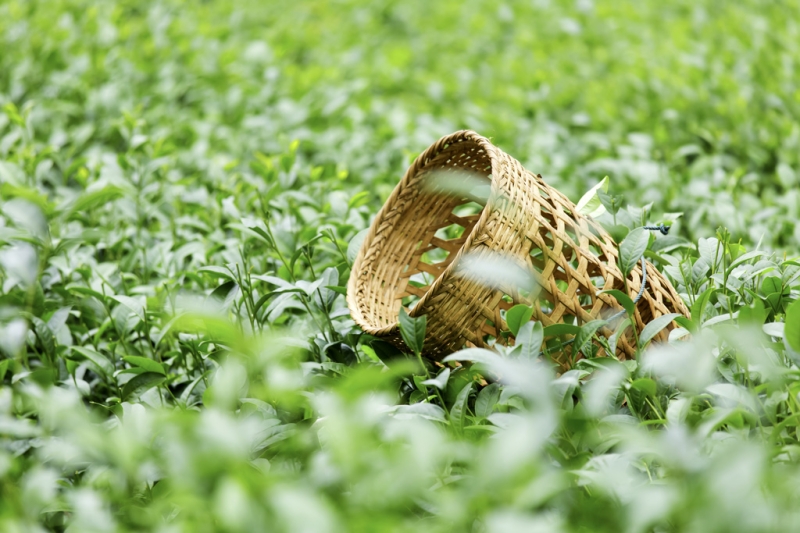
6. East Africa
It’s no secret that many colonial countries received great influence from those who conquered them, so in African countries tea is only a small part of what the British brought here. But they began to produce tea independently on this continent only after 1800. Most varieties grow in Kenya and Malawi and, as a rule, they have a very rich taste and aroma.
Little tip: be sure to try Shire Highland Antlers tea, the taste of which is somewhat reminiscent of cocoa.
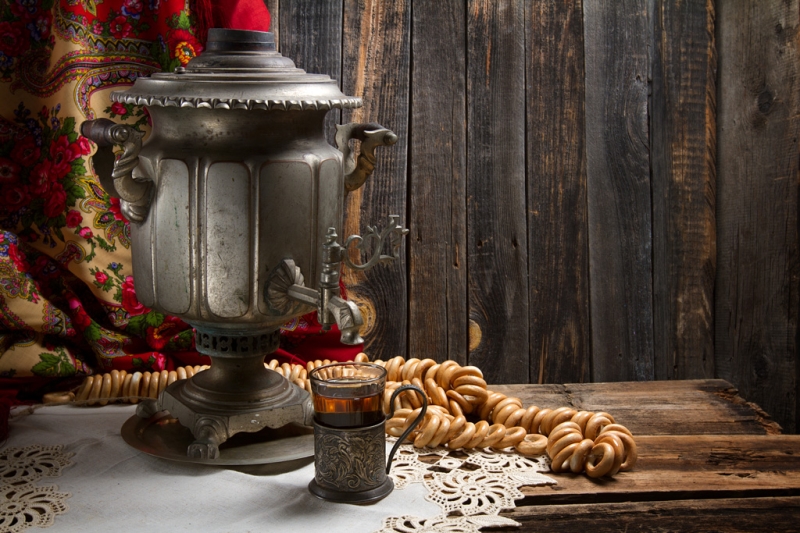
7. Russia
Russians are accustomed to extremes: the winter here is cold, the vodka is strong, and the tea is excellent. The secret of its taste is in the preparation, or rather in the samovar: the smell of tea mixes with the smell of coal, wood and pine cones. And truly properly brewed tea is a subtle combination of aroma, strength and sweetness.
Little hint: in the 19th century, the local aristocracy drank tea through a sugar cube held between their teeth, but today you will be offered jam or some kind of dessert with your tea.
It’s convenient to book a hotel on OneTwoTrip.
Source: cntraveler.com

